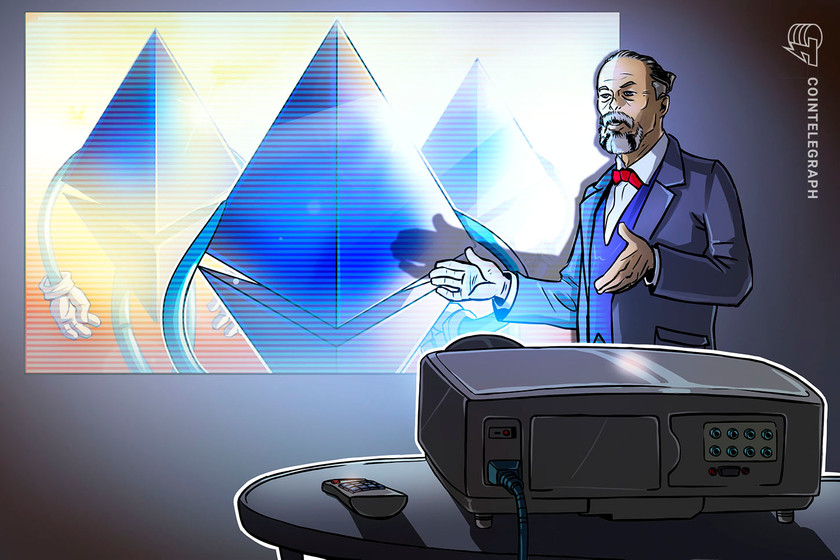Bitcoin’s dominance knocked by ETH’s post-Shapella rally


Bitcoin’s percentage of the total cryptocurrency market retreated by nearly 1% on April 14, while Ether gained just over 1.1%.
Ether (ETH) prices have topped the psychological $2,000 level following the Shapella upgrade this week and the result is a decline in Bitcoin (BTC) market dominance.
According to data from the analysis site btctools.io, Ether’s market share had climbed to 19.8%, an over 1.1% boost, in the last 24 hours at the time of writing on April 14, while Bitcoin’s dominance had slid by just under 1%. Since the beginning of the year, ETH dominance has increased by 7.6%.
Bitcoin’s market dominance has fallen to 47.7% as Ethereum’s market share increased. The post-Shapella ETH rally has knocked BTC off an almost two-year high in terms of market share.
BTC’s market share tapped 48.8% on April 12 following its rally to $30,000, the highest it’s been since July 2021, when it came just shy of 50%. Additionally, BTC has not been over 50% dominant since April 2021.
Bitcoin’s dominance remains up 13.6% since the beginning of the year, according to TradingView data.


The market share rise in both BTC and ETH has been at the expense of altcoins, most of which have been lackluster during the recent rally of the two top coins.
Bitcoin and Ether combined represent around 68% of the total crypto market. Roughly 10% of the market are stablecoins, meaning the other 10,800 or so tokens, as listed on the price analytics platform CoinGecko, have a combined share of just 22%.


Market dominance is calculated by looking at an asset’s market capitalization compared with the total crypto market cap, which is currently at an eleven-month high of $1.33 trillion.
Related: Bitcoin dominance nears 50% as research hails ‘bullish’ narrative flip
Ether (ETH) has surged 10.25% over the past 24 hours. As a result, the asset tapped an eleven-month high of $2,122 during the April 14 morning Asian trading session, according to Cointelegraph data.
Ether momentum has been driven by a successful Shapella upgrade on April 12, which released staked ETH on the Beacon Chain.
BTC has managed a 2% gain on the day, reaching an intraday high of $30,862 during the April 14 morning Asian trading session.
Magazine: ‘Account abstraction’ supercharges Ethereum wallets: Dummies guide




















